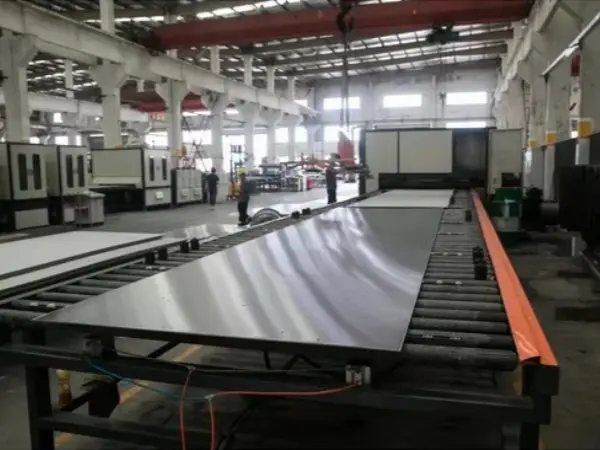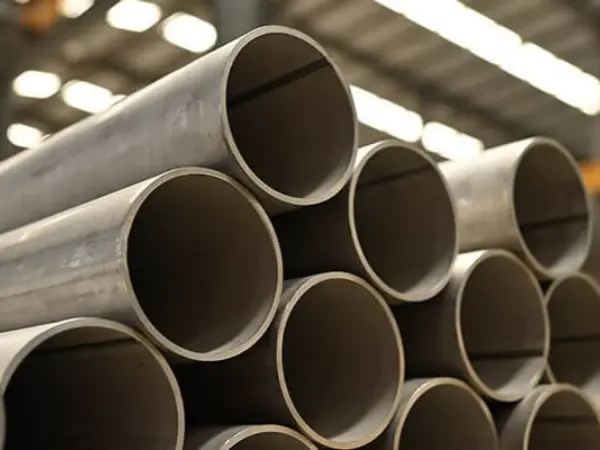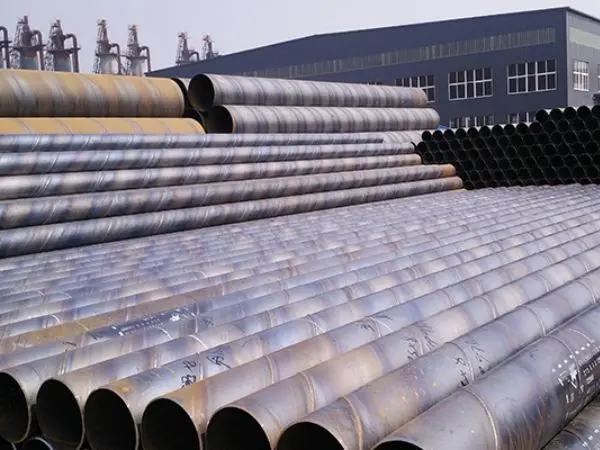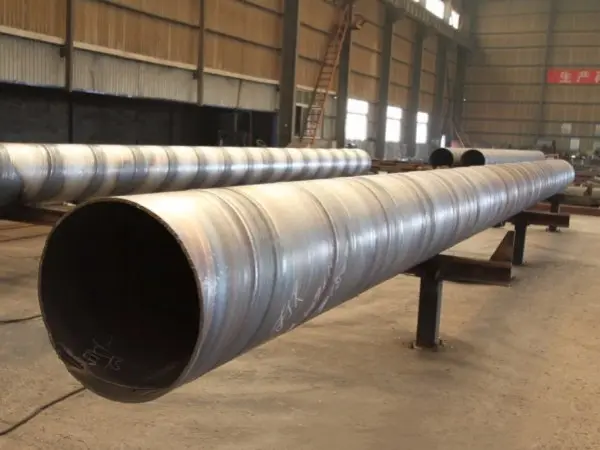- Phone0086 731 8564 8255
- E-mailsales@cscsteel-manufacturing.com
-

In recent decades, advancements in continuous casting technology and improvements in automated, computer-controlled rolling systems have significantly refined the production process of H-beams. However, during the transformation from specially shaped billets to finished H-beam products, challenges such as lower rolling temperatures and limited metal plasticity pose constraints.
To address these challenges, it is essential to prevent lateral metal flow during the rolling process. This is achieved by maintaining a 3:1 diameter ratio between the driving horizontal rollers and the driven vertical rollers. Additionally, precise roll pass design and mill adjustments are required to ensure uniform elongation of the flange and web sections. Any inconsistency can compromise both dimensional accuracy and the surface integrity of the finished product.
Continental Steel Co., Ltd is professional h-beam manufacturer, for more details, please contact:sales@cscsteel-manufacturing.com
1. Rolling Marks
Rolling marks on H-beams are generally classified into two types:
Periodic Rolling Marks:
These occur at regular intervals and are typically found in the same position and depth on successive pieces. They result from roll surface defects (such as pits or protrusions) or iron oxide buildup within the roll grooves. The spacing of these marks matches the circumference of the roller.
Non-periodic Rolling Marks:
These appear irregularly and are often caused by severely worn guide devices or mechanical collisions (e.g., from damaged rollers). The result is surface scratches that become permanent defects once re-rolled. These marks typically follow the rolling direction.
2. Folding
Folding is a defect resembling a crack. After pickling, it presents as a surface-connected internal fracture. It usually results from improper roll pass design or incorrect rolling mill adjustments. Overfilled roll grooves can cause "ears" to form on the billet, which are then pressed into the surface during rolling without fusing with the base metal. The depth of the fold depends on the size of the ear. Additionally, poor design or severe wear of the arc connecting the web and flanges can also lead to folds by creating surface grooves that fold during rolling.
3. Waves
Waves in H-beams can be classified into two main types:
Web Waves: Rippled or washboard-like deformations on the web.
Flange Waves: Undulating distortions at the ends of the flanges.
These defects diminish the appearance and affect structural integrity. Waves occur when different parts of the section experience uneven elongation during hot rolling. Excessive compression of the web leads to web waves, and excessive elongation of the flanges results in flange waves. In severe cases, tearing may occur.
An unbalanced section design, particularly an improper ratio between flange and web thickness, can also cause waves due to uneven cooling. The thinner sections cool faster, generating internal thermal stress that results in deformation.
Preventive measures include:
Rational roll pass design to manage uneven deformation in early passes.
Consistent elongation across all parts during the final pass.
Use of selective cooling techniques such as flange-side water spraying or vertical cooling to reduce temperature differences between web and flange.
4. Rounded Corners at Flange Ends
Rounded corners at the flange ends refer to incomplete filling of the flange contour, where the ends appear thinner and less defined than the standard section. This defect arises from several factors:
Worn shear dies during billet preparation result in thicker flange sections that are harder to shape in subsequent rolling.
Mismatched speeds between the stand and edging mills cause excessive tension and lead to uneven leg height, preventing proper forming at the edges.
Offset web alignment during rolling causes the billet to enter the roll asymmetrically, leading to uneven pressure and rounded corners.
5. Asymmetric Flange Length
Flange length asymmetry in H-beams manifests in two ways:
The top flange is longer than the bottom.
One flange is longer on the top, while the other is longer on the bottom.
This asymmetry is often accompanied by uneven flange thickness, where the longer flange is typically thinner. Causes include:
Incorrect billet preparation, where asymmetrical billet cutting causes one side to be thicker than the other. Even if reductions are well-distributed later, it is hard to correct completely.
Axial misalignment of the horizontal roll set, leading to uneven lateral pressure and diagonal flange length deviation.




